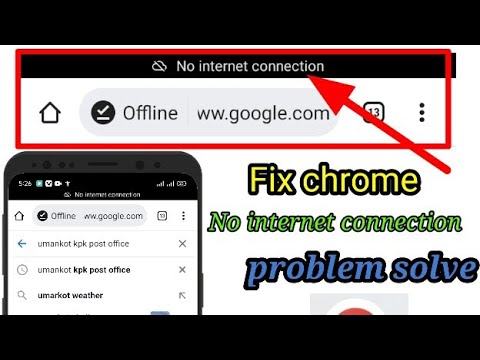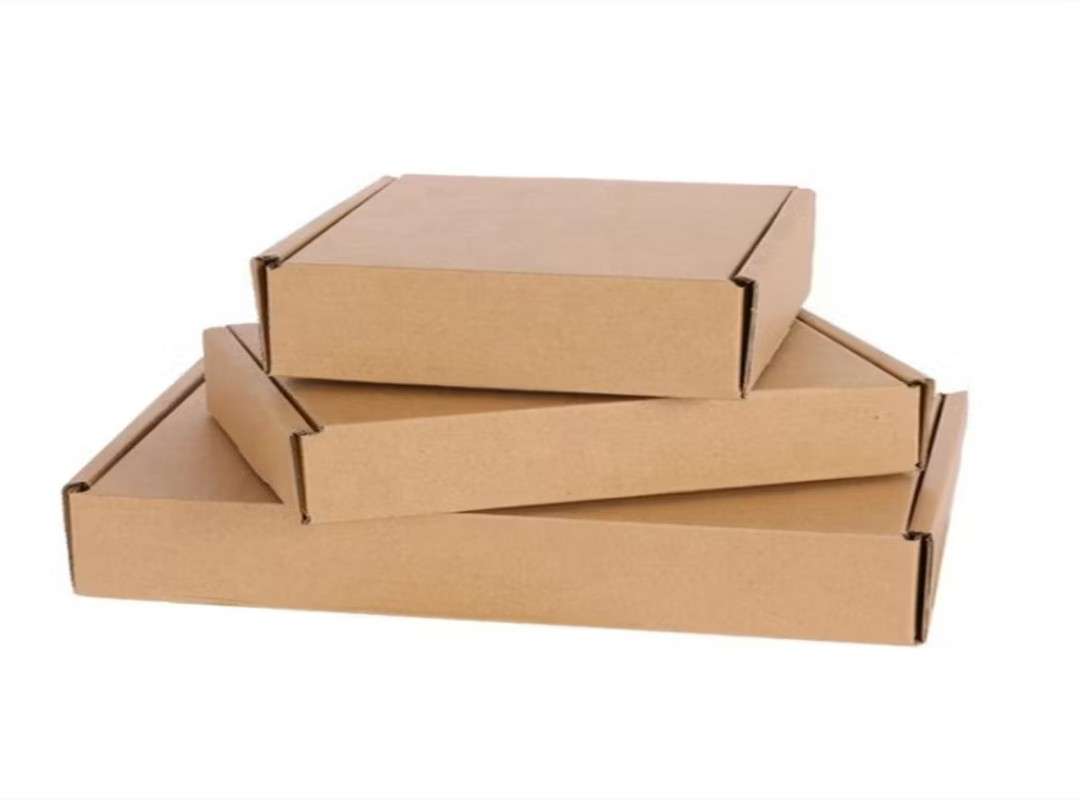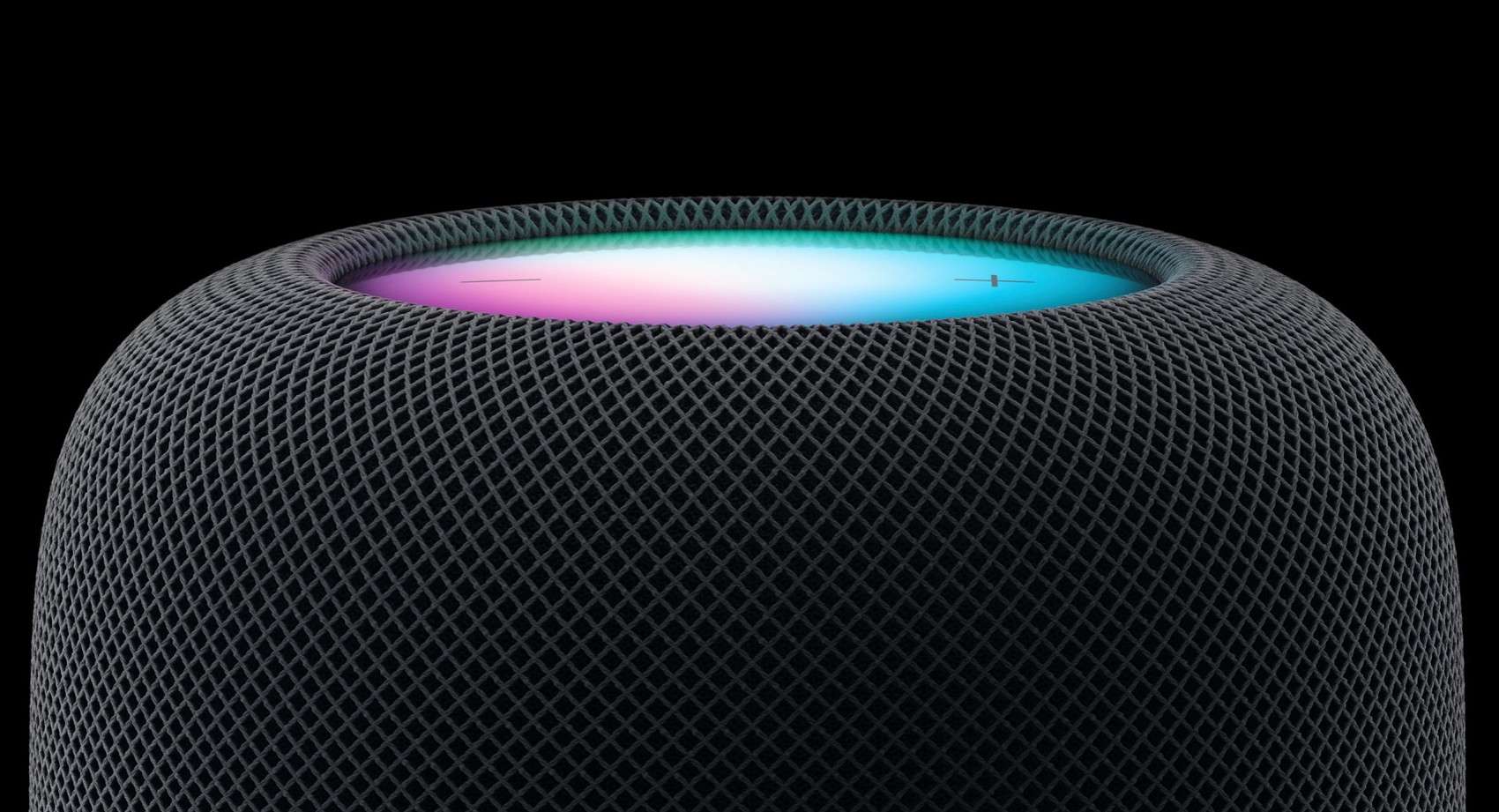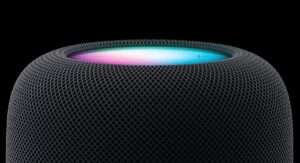Fixing Chrome’s “No Internet Connection” Error
Have you ever encountered the frustrating “No internet connection” message while using Google Chrome, only to find that your internet is actually working fine? This issue can be perplexing, leaving you uncertain about how to resolve it.
Why Does Chrome Say “No Internet Connection” When I Have Internet?
There are several reasons why Chrome might display this message even though your internet is functioning correctly:
Temporary Connection Issues: Occasionally, your Internet Service Provider (ISP) may experience brief outages or fluctuations that momentarily disrupt your connection, leading Chrome to show the error message.
Browser Cache and Cookies: Chrome stores temporary data like cache and cookies to speed up browsing. However, these files can become corrupted or outdated, causing connection issues.
Chrome Extensions: Some browser extensions may interfere with your internet connection.
Outdated Chrome Version: An outdated version of Chrome can result in compatibility issues and bugs that affect connectivity.
Incorrect Network Configuration: Rarely, misconfigured network settings can prevent Chrome from accessing the internet.
What Chrome Doesn’t Do: Predicting Page Load Time
It’s important to note that Chrome doesn’t actually “know” when a webpage is fully loaded. It simply displays content as it is received from the server. The “No internet connection” message appears if Chrome doesn’t receive any data for a certain period. This doesn’t necessarily mean the page is broken or slow to load; it indicates that Chrome has had trouble establishing a connection with the server recently.
How to Fix the “No Internet Connection” Error
If you encounter this error, try these steps to resolve it:
Refresh the Page: A simple page refresh can often re-establish the connection and successfully load the page.
Check Your Internet Connection: Verify if your internet is truly down by attempting to access websites on another device or browser. If your connection is down, contact your ISP.
Clear Chrome Cache and Cookies: Go to Chrome settings, navigate to “Privacy and security,” and select “Clear browsing data.” Choose “All time” for the time range to remove outdated files.
Disable Browser Extensions: Temporarily disable extensions one by one to identify if any are causing the issue. If disabling a specific extension solves the problem, you can choose to keep it disabled or uninstall it.
Update Chrome: Ensure you’re using the latest version of Chrome. Outdated versions can have bugs affecting functionality. Update by going to Settings > About Chrome and following the prompts.
Restart Your Device: Sometimes, a simple device restart can fix temporary glitches causing the problem.
Still Having Trouble?
If the issue persists after trying these solutions, consider:
Resetting Chrome: Restoring Chrome to its default settings may resolve configuration issues, but note that this will delete your saved preferences and browsing data.
Checking Your Firewall or Antivirus: Firewalls or antivirus software might block internet connections. Try temporarily disabling them to see if it resolves the issue.
If the problem continues, seeking help from a tech-savvy friend or professional might be necessary.














Post Comment